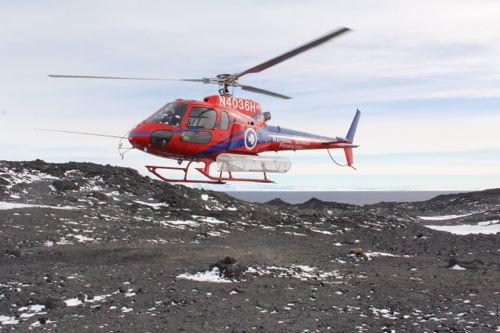
I arrived a couple days ago where I met up with science educator and penguin researcher Jean Pennycook. Jean has been coming to Antarctica for eleven seasons and the Adelie penguin colony is her most recent project. You can check out Jean's work and educational materials she has developed at http://penguinscience.com/classroom_home.php .
You can also visit the live Penguin Cam of Cape Royds at http://www.thistle.org/pcam2/images.shtml .
Cape Royds is home to approximately 4,500 Adelie penguins. In 2000 a giant iceberg broke away from the Ross Ice Shelf. The giant iceberg grounded about 40 miles north of Cape Royds. The iceberg prevented the sea ice from breaking up, and without access to open water many penguins died and others left for better feeding conditions elsewhere. Prior to this event the penguin population at Cape Royds was more than twice the current population.
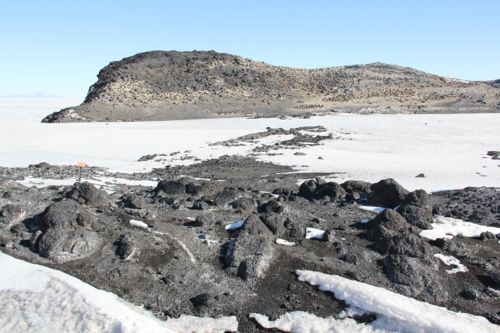
The giant iceberg is long gone and the sea ice resumed its normal pattern of breaking up in the summer months years ago. However the penguin population has not yet rebounded to its previous levels, and scientists don't know why. My work here at Cape Royds will contribute to our understanding about the colony and penguin behavior, and perhaps why the colony has not recovered to its previous population.
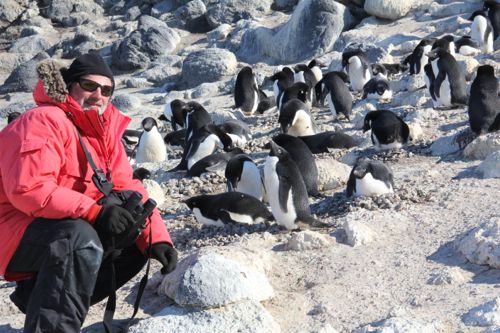
So … What's it like to live in the field doing research at Cape Royds?
We have the hut … a small 10' X 10' canvas covered building with electricity (via solar panels that need to be turned by hand every 4 hours), internet, food, a small propane heater, and a small camping style cook-stove. Anything that needs to be kept cold can just stay outside in a cooler for obvious reasons … it's Antarctica!
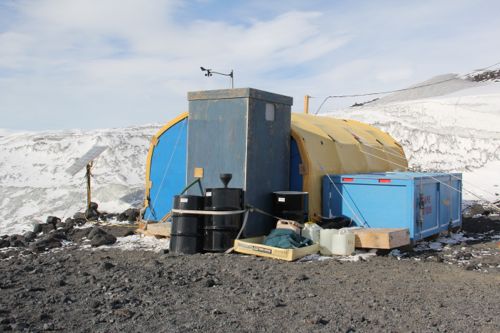
As far as a bathroom, we have a primitive style outhouse. Something that is taken very seriously here in Antarctica by everyone is waste management. ALL waste must be collected and shipped off the continent and disposed of properly. That means paper, plastic, food waste, grey water, etc. … and yes urine and human solid waste too. Even if you go on a hike, you take your "pee bottle" with you just in case you get the urge. It's not acceptable to just go behind the closest tree (wait a minute … there aren't any trees), or a pile of rocks and do your business. Any waste you generate must be collected and shipped off the continent, and if you think that's cheap, think again. It's incredibly expensive, so tremendous efforts go into recycling and energy conservation at every corner. Cutting the amount of waste you generate or energy you use by just 5 or 10 % can mean millions of dollars in savings.
From my tent I have some of the most spectacular views. Behind me is one of the most active volcanoes on the planet, Mount Erebus (If you look closely at the picture below you can see that it is currently venting, and in front I have a view of where the sea meets the ice. Every time I go in or out of my tent (since it never gets dark I always have the view), I think to myself, "Awesome! I'm very fortunate to have such an experience."
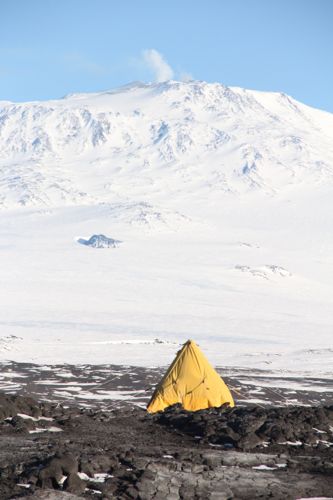
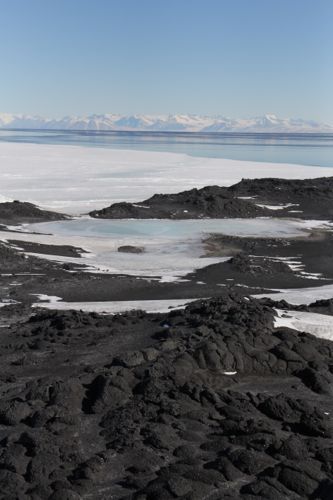
You may have noticed in the photo that in this part of Antarctica is one of the few places where things are truly black and white … black rock and white snow. The black volcanic rock forms when magma (underground) and lava (molten rock at the surface) cools and solidifies.
Life here at Cape Royds is full of beauty, but it has it's challenges as well. It's not what you would call warm here. Temperatures have been ranging between 0 C (32 F) to -5 C (23 F), but when you calculate the wind chill factor the temperature can feel much colder. When I'm up and about I've found it easy to keep myself warm, but when I go to bed it's a bit on the cold side. In addition, because of the constant wind, the tent can be quite noisy through the night. Then there's the 24 hours daylight issue. So I dress warm when I get into my sleeping bag, I have a set of earplugs if it gets too noisy, I have a mask that covers my eyes to keep the light out, and yes … I take my pee bottle into my tent with me … because there's no way I'm getting all dressed up just to go to the outhouse in the middle of the "night".
But for all the challenges there are many rewards. Just take a look at what I've had the opportunity to see and experience these past few days.
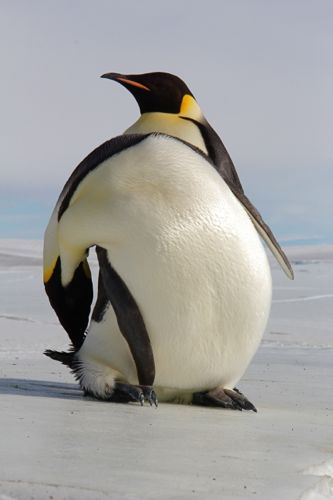
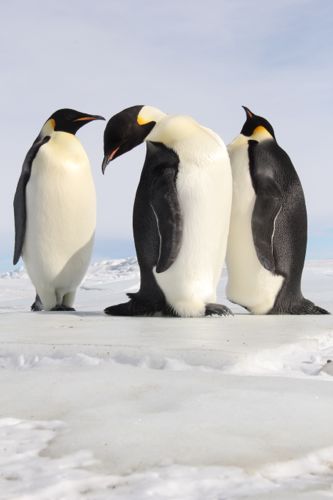
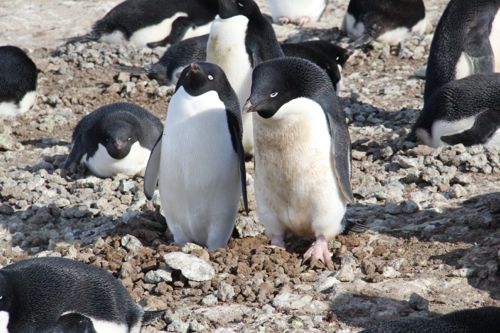
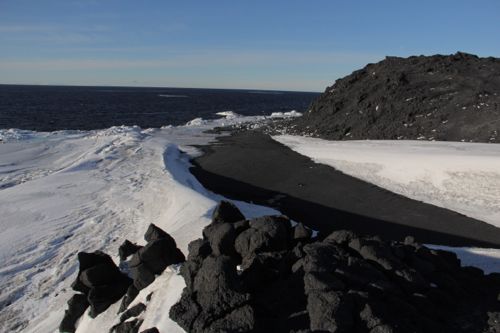
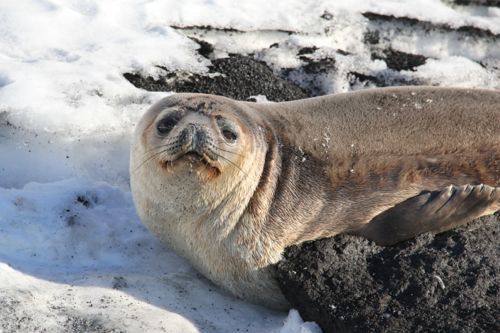


Comments